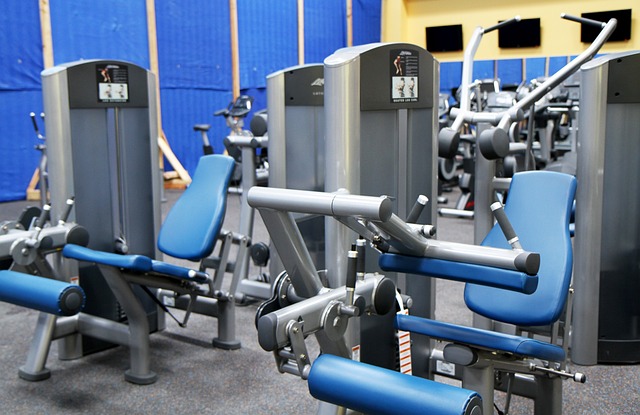Strength training has become an increasingly popular form of exercise in recent years, and for a good reason. Strength training helps to build muscle, improve bone density, increase metabolism, and boost overall health and fitness. When it comes to strength training, there are two primary methods of resistance: free weights and machines. In this article, we’ll explore the differences between the two and help you determine which one is right for you.
Free Weights
Free weights are the most traditional form of strength training and include equipment such as dumbbells, barbells, and kettlebells. Free weights are called “free” because they are not attached to a machine or any other equipment, and the user is free to move them in any direction.
One of the biggest benefits of free weights is their versatility. They can be used for a variety of exercises, including squats, deadlifts, bench presses, and curls. This versatility allows for a wide range of muscle groups to be targeted, making it an effective form of strength training.
Another benefit of free weights is that they require more stabilization from the user. Because the weights are not attached to a machine, the user must use their own muscles to maintain proper form and balance. This can lead to greater overall strength and stability in the body.
However, free weights do come with some drawbacks. One of the biggest concerns is the risk of injury. Without proper form and technique, lifting free weights can be dangerous, particularly when working with heavy weights. Additionally, some people may find free weights intimidating or difficult to use without proper guidance or training.
Machines
Machines are another popular form of strength training equipment. They include equipment such as cable machines, leg press machines, and chest press machines. Unlike free weights, machines are attached to a frame or a weight stack, and the user moves the weight by pulling or pushing a lever or handle.
One of the biggest benefits of machines is their ease of use. Because the weight is attached to a machine, there is less risk of injury from improper form or technique. Additionally, machines often have adjustable settings that allow for more precise targeting of muscle groups.
Another benefit of machines is that they can be helpful for beginners or those recovering from an injury. Because the weight is stabilized by the machine, users can focus on proper form without worrying about balancing the weight.
However, machines do have some drawbacks. One of the biggest concerns is that they are not as versatile as free weights. Machines are typically designed to target specific muscle groups, and it can be more difficult to work multiple muscle groups at once.

Another concern with machines is that they can create muscle imbalances. Because the weight is stabilized by the machine, some muscles may not be fully engaged during the exercise, leading to imbalances and potential injury.
So which one is better?
Ultimately, the choice between free weights and machines comes down to personal preference and fitness goals. Both forms of resistance training can be effective for building strength and improving overall fitness.
If you are looking for a versatile form of strength training that targets multiple muscle groups, free weights may be the way to go. However, if you are new to strength training or have concerns about injury, machines may be a good starting point.
Regardless of which form of strength training you choose, it’s important to start with light weights and proper form. Consult with a personal trainer or fitness professional to ensure you are using the equipment correctly and to design a program that is safe and effective for your individual needs.
In conclusion, whether you prefer free weights or machines, strength training is a powerful way to improve your health and fitness. So grab some weights or head to the gym, and get ready to build some serious strength!

